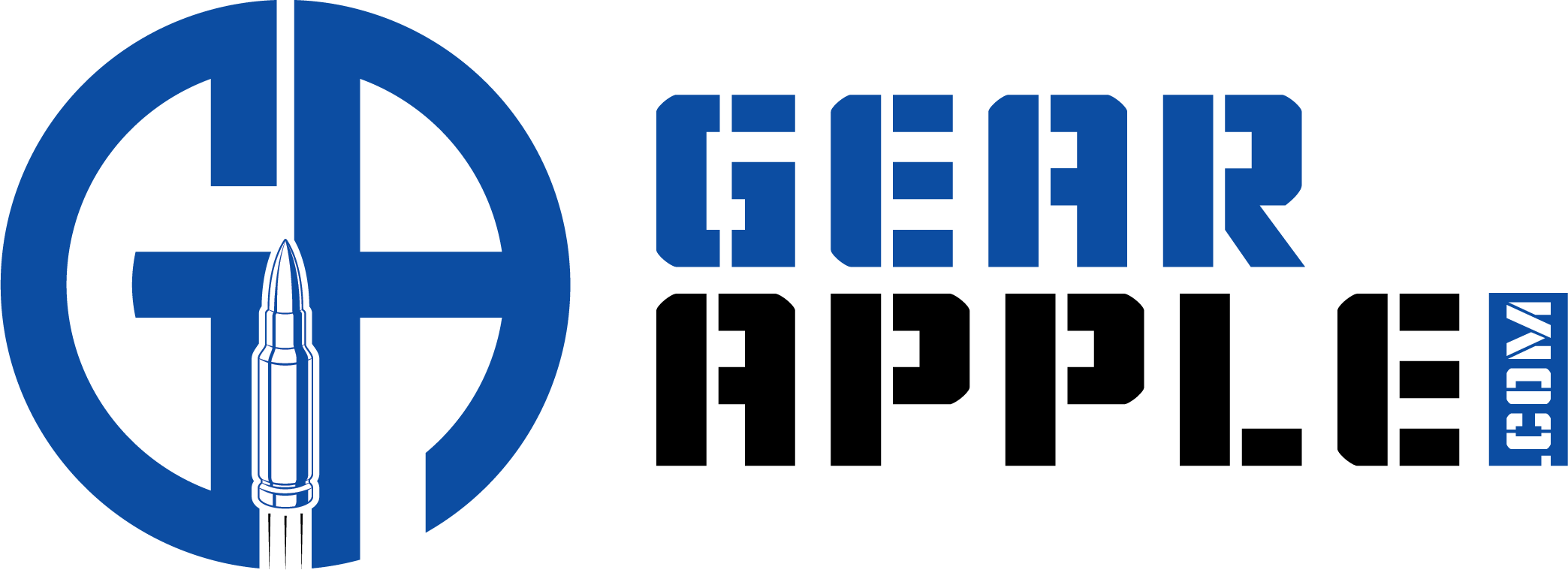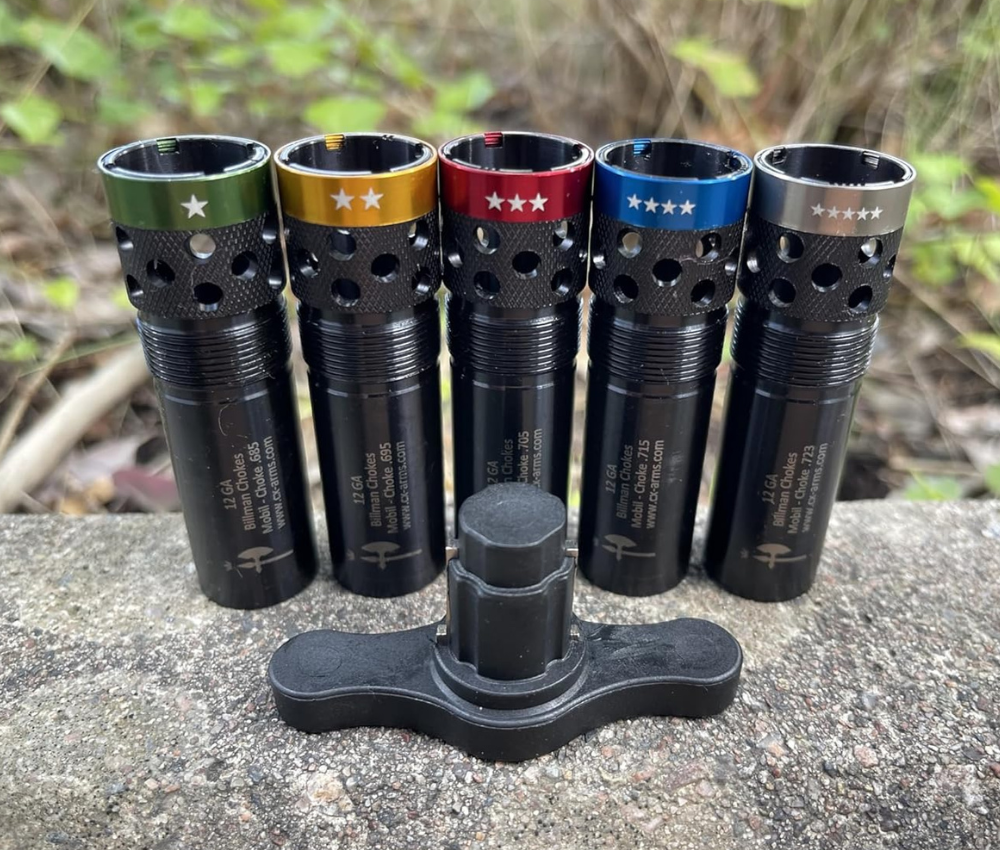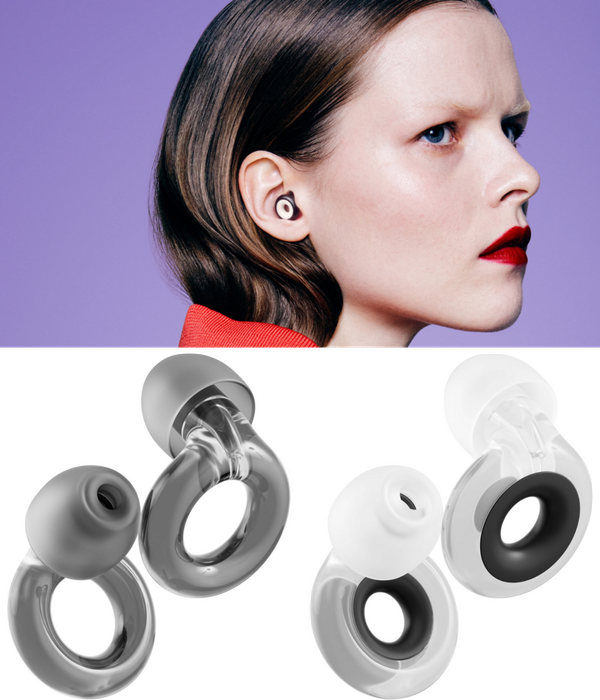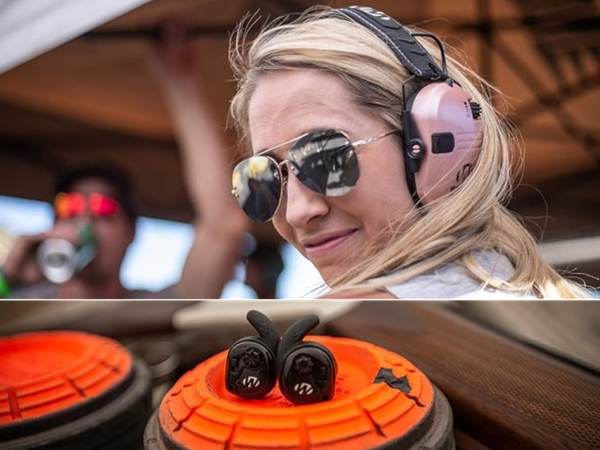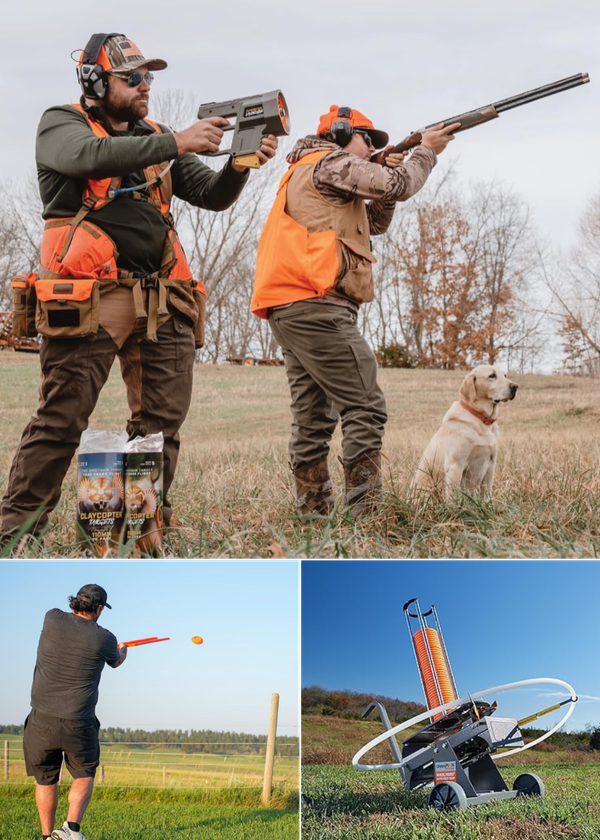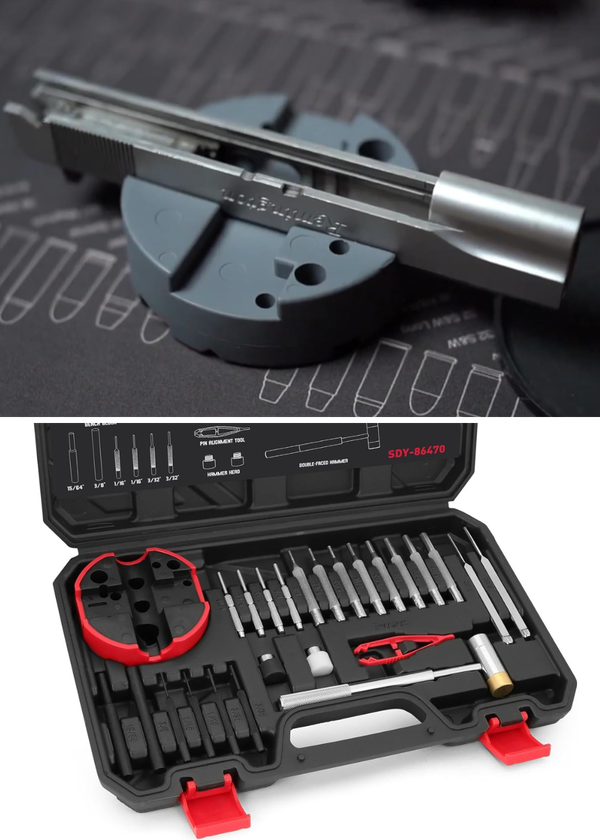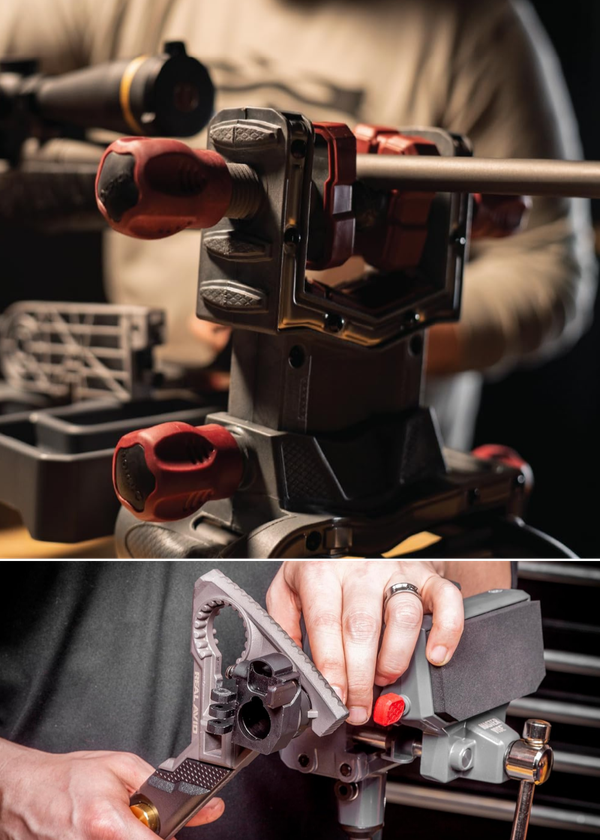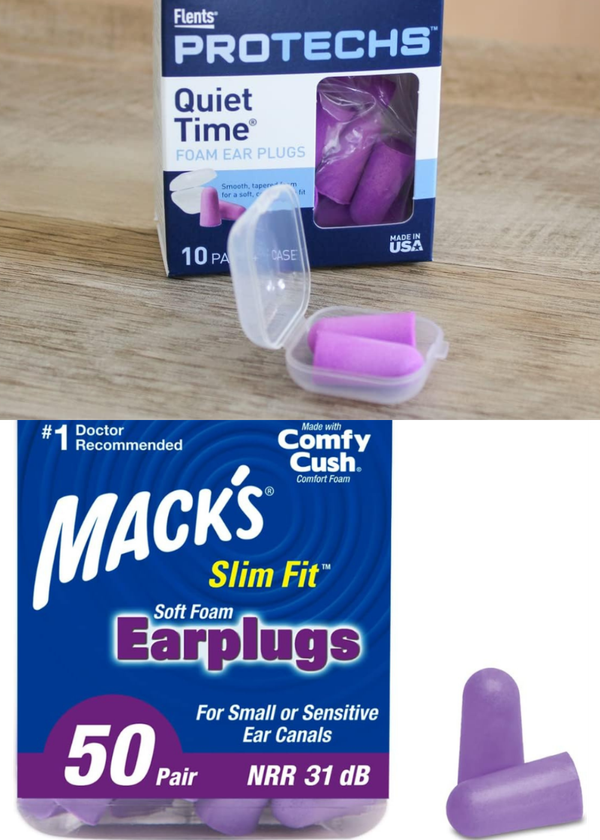With so many available, 12ga choke sizes is one of the most important steps in getting consistent accuracy and range, whether you’re out hunting, shooting clays, or spending time at the range. A shotgun choke controls how your shot pellets spread, making it a key factor in precision and performance. In this guide, I’ll break down everything you need to know about choke tubes—how they work, the different types, and how to pick the right one for your setup and shooting style.
12ga Shotgun Choke Sizes:
What They Are and How They Work
A shotgun choke sits at the muzzle end of your barrel and controls how tightly your shot pattern holds together after firing. To understand how a choke works, think of it like an adjustable hose nozzle or a sprinkler: as you constrict the opening, the water (or shot) stays together longer and travels farther before spreading out. By changing the amount of constriction at the muzzle, you control how wide or tight the pellets spread. Choke constriction is measured in thousandths of an inch, indicating how much the muzzle is reduced compared to the bore. A tighter choke keeps the pattern narrow—perfect for long-range shots—while an open choke, such as a cylinder bore (a shotgun barrel with no constriction, 0.000 inches), spreads pellets faster and is ideal for close-range work like home defense or shooting at moving targets. When the choke is more open, the shot string—the column of pellets as it travels downrange—becomes longer and less dense, which can affect accuracy and effective range.
You’ll find both fixed chokes (built into the barrel) and screw-in chokes, which can be swapped out based on your shooting situation. Screw-in chokes add serious versatility, letting you tune your shotgun for different ranges, game, or target types in seconds. Understanding how each choke affects spread and density is the foundation of better accuracy and consistency.
Why the Right Shotgun Choke Matters
The right choke can make the difference between a solid hit and a clean miss. Choke selection affects your pattern density—the percentage of pellets that stay within your target zone. This is often measured as the pattern percentage, which refers to the proportion of pellets that stay within a 30-inch circle at a given distance, such as 40 yards. Hunters rely on this precision; a full choke keeps patterns tight for distant waterfowl, while an improved cylinder offers a wide spread for fast upland birds like quail or pheasant.
In clay shooting, chokes play a similar role. Skeet shooters benefit from open chokes like cylinder or improved cylinder, while trap shooters often prefer modified or improved modified chokes for targets launched farther out. Matching your choke to the range and style of shooting sharpens performance and helps you achieve a dense enough pattern to ensure effective hits on game or targets. The right choke also helps shooters break targets more consistently in clay shooting disciplines.
Common Types of Shotgun Chokes
Common chokes and standard chokes are the most frequently used and industry standard options for shotguns, offering reliable performance for a wide range of shooting activities. There are various choke types available, each designed for specific shooting scenarios.
- Full Choke: Tightest constriction, excellent for long-range shooting up to 40 yards. Great for waterfowl, turkey, and trap. About 70% of the shot stays inside a 30-inch circle at 40 yards.
- Modified Choke: Medium constriction, good all-around choice for mid-range shots. Roughly 60% pattern density at 40 yards.
- Improved Cylinder Choke: Slight constriction, best for closer shots inside 30 yards—excellent for upland game or skeet shooting. About 50% pattern density at 25 yards.
- Cylinder Choke: No constriction, widest possible spread. Ideal for home defense, close-range shooting, or skeet.
Using different chokes allows shooters to customize their shot patterns and achieve optimal performance at various distances.
Shotguns equipped with screw-in choke tubes let you easily switch between these setups, tailoring your firearm to whatever your day holds.
Choosing the Right Choke for Hunting
Your ideal choke depends on the game and how far you typically shoot.
- Waterfowl: If you’re using non-toxic steel shot, avoid tight chokes like full or light full. Modified is the safe upper limit—always check manufacturer guidelines. For duck hunting, selecting the right choke tube, such as improved cylinder or modified, helps optimize shot patterns for flying waterfowl.
- Upland Birds: For pheasants or grouse within 20–30 yards, go with an improved cylinder for a balanced spread.
- Big Game with Slugs: Use a cylinder or improved cylinder choke for best accuracy. When shooting rifled slugs, use appropriate chokes, and consider rifled choke tubes to improve accuracy and range.
Matching choke type with your loads, shot size, and distance will give you a cleaner shot pattern and better results. Finding the best choke for your hunting scenario means considering game type, shooting distance, and pattern testing for optimal performance.
Best Chokes for Skeet and Trap
For skeet shooting, most target shooters favor cylinder or improved cylinder chokes for their wide, even spread—perfect for close, crossing targets and optimal performance on the range. In trap shooting, where targets launch farther away, a modified or improved modified choke brings the pattern tighter for improved reach and accuracy. A good choke for skeet is one that delivers a broad, consistent pattern at short distances, while a good choke for trap is designed to maintain a dense shot pattern at longer ranges, helping target shooters achieve better results.
How to Test Your Choke Pattern
Pattern testing is the only way to know if your choke and load combination is dialed in. Use a pattern board at 30 or 40 yards and fire a few shots at paper. Evaluate pattern performance by analyzing the density and distribution of the shot. Shoot multiple patterns to ensure multiple hits and verify consistency. Note that each shotgun may pattern differently, even with the same choke and load, so it's important to test with the same load for consistent and comparable results. Count the number of pellets that land within a 30-inch circle as a key metric, and measure the pellets contained within the target area to assess effectiveness. Ideally, most should land within a 30-inch circle without big gaps.
If it’s too wide, try a tighter choke; too tight, open it up a bit. Regular pattern testing keeps your setup tuned for your specific hunting or target needs.
Understanding Choke Constriction
Choke constriction simply refers to how much the barrel narrows near the muzzle. A full choke has the most constriction for long-range precision, while a cylinder choke has none, spreading quickly for short distances. More constriction generally results in tighter patterns, especially at longer distances, which is desirable for certain hunting or shooting scenarios.
Selecting the correct constriction ensures you maintain enough shot density to hit consistently without over-tightening the pattern. Using the same choke constrictions across different shotguns can help achieve more predictable and effective shooting results, though even guns with identical choke constrictions may pattern differently. Additionally, bore sizes—the internal diameters of shotgun barrels—also influence how choke constriction affects pattern density and performance, so it's important to consider both when selecting chokes and shells.
Why Screw-In Chokes Changed the Game
Screw-in chokes turned modern shotguns into multi-purpose tools. Most shotguns manufactured today come with interchangeable choke systems, allowing shooters to adapt their firearm for various uses. With one firearm, you can switch from open chokes for skeet to tighter chokes for turkey hunting in seconds, simply by changing chokes to suit different shooting scenarios. Most shotgun makers now include a range of factory chokes and aftermarket options that can be changed easily with a basic wrench. The mobil choke system is a popular, versatile option that allows for quick choke changes and is compatible with many shotgun models.
Pro Tips for Better Shooting
- Match your choke to your distance and target type.
- Always test on a pattern board before heading out.
- Keep notes on which loads and chokes deliver your best results.
- Clean your choke tubes regularly to avoid buildup and inconsistencies.
Key Takeaways
- Chokes control your shot spread and directly affect accuracy and range.
- Full chokes are for long-range precision; cylinder chokes work best up close.
- Screw-in chokes add flexibility across different hunting and shooting styles.
- Always pattern-test before field use to fine-tune your setup.
The right shotgun choke turns a good shooter into a great one—because when your pattern hits exactly where it should, every shot counts.
Negrini Deluxe Extended Shotgun Case (5 Chokes + Wrench) - Fits Various Sizes up to 3-7/8 Inches - Choke Tube Organization With Wrench Compartment
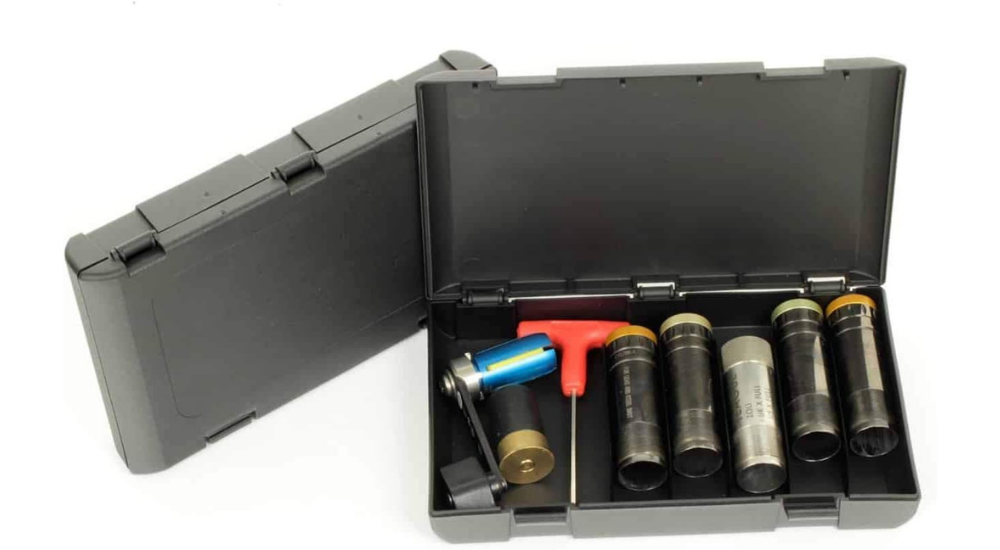
Negrini
Deluxe Extended Shotgun Case (5 Chokes + Wrench) - Fits Various Sizes up to 3-7/8 Inches - Choke Tube Organization With Wrench Compartment
- DURABLE & RELIABLE CONSTRUCTION: Constructed from high-quality injection-molded polypropylene, our shotgun choke case offers unparalleled durability and reliability, ensuring that your valuable choke tubes are well-protected during transportation and storage. Built to withstand the rigors of regular use, this case provides long-lasting protection for your shooting essentials.
- SPACIOUS STORAGE CAPACITY: With the capacity to hold up to five (5x) extended choke tubes and a wrench compartment, our case offers ample space to accommodate your entire collection of choke tubes, including both standard and extended chokes. Our case ensures that all your shotgun choke tubes are conveniently stored and organized in one secure location.
- SECURE CLOSURE MECHANISM: Featuring two durable snap enclosures, our choke tube case ensures that your choke tubes are securely fastened and protected at all times. Whether you’re traveling to the range or venturing into the field, you can trust that your choke tubes will remain safely stored and accessible whenever you need them.
- OPTIMAL CHOKE TUBE LENGTH: Accommodates choke tubes of varying lengths, ensuring compatibility with standard and extended models. With a maximum length allowance of 3-7/8 inches, it offers versatility to suit your specific shooting preferences while keeping your choke tubes securely stored and protected from damage.
- PROUDLY MADE IN ITALY: Crafted with precision and quality, our Negrini products are proudly manufactured in Italy, reflecting the renowned craftsmanship and attention to detail synonymous with Italian manufacturing excellence.
Winenton™ Extended Choke Tubes Set Compatible with BER/Ben Mobil for 12Ga Shotguns, 5 pcs Tubes, Black
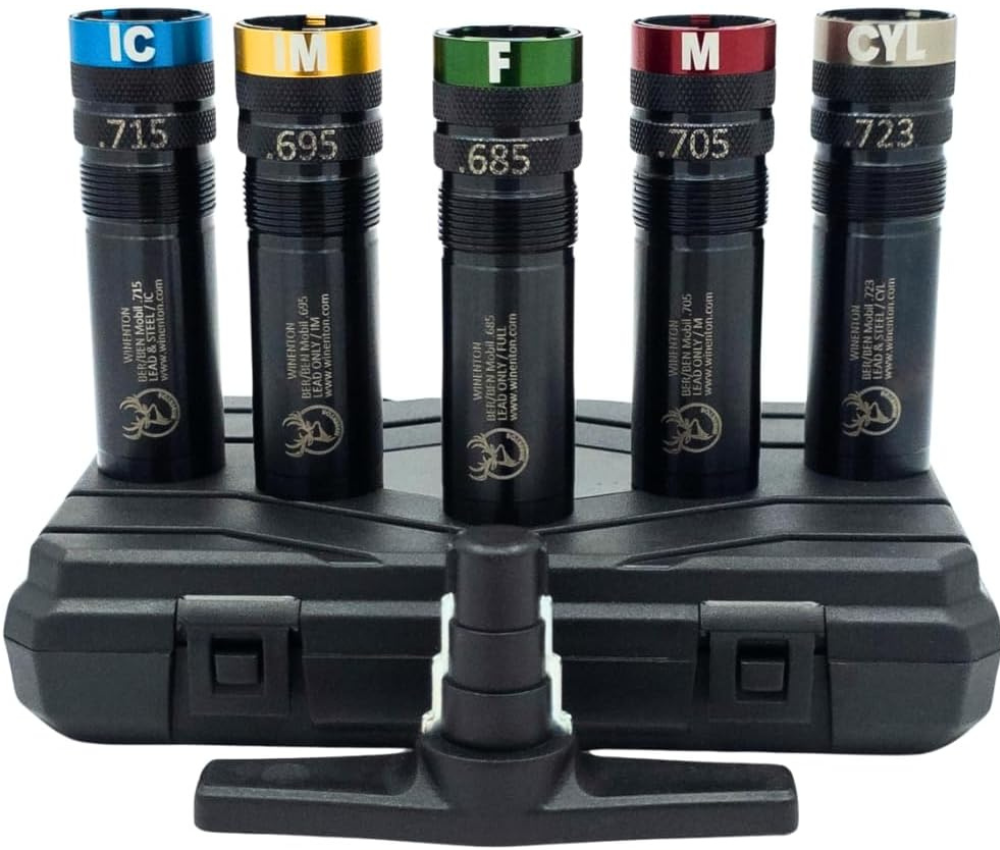
Winenton™
Extended Choke Tubes Set Compatible with BER/Ben Mobil for 12Ga Shotguns, 5 pcs Tubes, Black
- Clear Markings: Laser-etched constriction markings on each choke tube for quick identification.
- Compatibility: Compatible with Ber / Ben Mobil 12ga shotguns or other shotguns that accept Ber / Ben Mobil thread, offering an extended choke tube set that supports various choke design options for different shooting needs.
- Complete Set: Includes 5 pieces precision-machined choke tubes as Cylinder, Improved Cylinder, Modified, Improved Modified, and Full for versatile shooting applications, a durable choke tube wrench for easy installation and removal compatible with a wide range of choke tube designs including standard and extended styles and a sturdy polymer storage case to keep choke tubes organized and protected when not in use.
- Material: Constructed from durable 4140 steel for long-lasting performance.
- Enhanced Performance: Optimizes shot patterns for improved accuracy and tighter grouping in hunting, sport shooting, and tactical scenarios.
- Low Maintenance: Easy to clean and maintain, ensuring consistent performance over time.
- Brand: Winenton brand choke tubes, ensuring quality and precision.
BillmanArsenal Compatible/Replacement Mobil Cal 12 Ga Black Ported Choke Tube Extended 5-Set
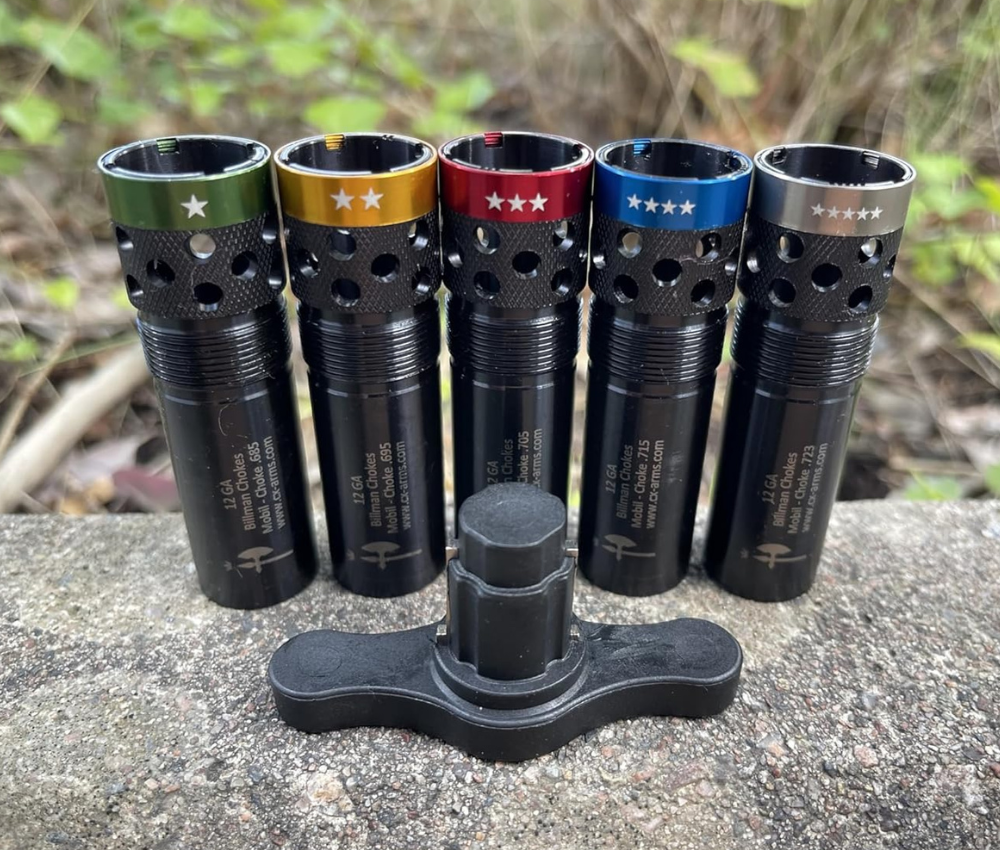
Billman Arsenal Compatible/Replacement Mobil Cal 12 Ga Black Ported Choke Tube Extended 5-Set
- CONSTRICTION RANGE: This is a 5 pc choke set. Constriction Range: .723 .715 .705 .695 .685. Constriction numbers are nominal. Usually chokes come +.002” /-.002” large/smaller than listed and expands the first 25 shots towards the given constriction. The right choke selection can help deliver more pellets within the target area, maximizing pattern density and improving accuracy.
- NO STEEL SHOOTS LARGER THAN: #4 or speeds exceeding 1500 fps should be used in choke tubes tighter than .715 (in this set. 705 .695 .685.). Do not use solid slugs..
- ӍOBIL THREADS ONLY: In the Disclaimer section you find more info about what shotguns that MAY HAVE mobilchoke threads. In the case of Beretta model year is also a factor as old shotgun in new productions runs have new choke systems. Make sure to contact the maker of the shotgun along with the serial number and make sure you have chosen the correct choke system..
- MARKING: Each choke has the constriction lasered on the head and body for easy reference. No need to unscrew the chokes. The color rings are fixed.
- SAFETY: All chokes are inspected several times. However, we still recommend that all chokes are inspected and cleaned before use/Installation. Such as sticky glue residue (from label and packing), metal shavings or any other dirt or object you do not like to have on your chokes. Just a damp cloth, no tools.
Maintenance and Troubleshooting
Keeping your shotgun chokes in top condition is key to getting the best performance from your shotgun barrel, whether you’re hunting, shooting sporting clays, or breaking targets at the range. After every outing, it’s important to clean your choke tubes thoroughly to remove plastic fouling and powder residue that can build up from repeated firing. A quality solvent, such as Choke Shine, will help dissolve stubborn fouling and make the job easier. Once clean, apply a light coat of oil to the choke tube before reinstalling it in the barrel—this helps prevent rust and corrosion, especially in damp conditions or during a long hunting season.
Always check that your choke tube is properly tightened. Start by finger-tightening, then use a choke wrench to secure it with moderate pressure. Avoid over-tightening, as this can damage the threads or the choke itself, but don’t leave it too loose—an improperly seated choke can lead to shot pellets striking the edge, risking barrel bulging or choke tube failure.
For waterfowl hunters and those using steel shot, extra vigilance is needed. Steel shot patterns tighter than lead shot, and the harder pellets can be tough on choke tubes, especially if you’re using tighter chokes or extended choke tubes. Regular cleaning and inspection are essential to prevent rust, which can freeze a choke tube in place. If you ever find a choke stuck in your shotgun barrel, soak the area with penetrating oil for several days and gently work it loose with a proper choke wrench. Applying low heat can help, but never use excessive force or hammering, as this can damage both the choke and the barrel.
It’s also important to consider your shotgun’s bore diameter and the choke constrictions you’re using. Different bore diameters and choke designs can affect how your shot pattern performs and how easy it is to maintain your equipment. For example, using too much choke with steel shot or hevi shot can create a pattern that’s too dense, reducing your chances of multiple hits on fast-moving targets. Not all chokes are designed for every type of shot shell or load, so always check manufacturer recommendations, especially when using aftermarket chokes or screw in chokes.
Storing your choke tubes in a padded case helps protect them from dents and deformation, and keeping them organized ensures you always have the right choke for the job—whether it’s a skeet choke for skeet shooting, a turkey choke for long range shooting, or a modified choke for dove hunting. Regular maintenance and a little attention to detail will keep your shotgun chokes, extended tubes, and shotgun barrels performing at their best, shot after shot.
By following these simple maintenance and troubleshooting steps, you’ll ensure your choke tubes deliver consistent, dense patterns and reliable performance, no matter what the day brings. Proper care not only extends the life of your equipment but also helps you fine tune your setup for every shooting scenario.
FAQs About Shotgun Chokes
What’s the easiest way to identify which choke my shotgun has?
Most chokes are marked on the side or rim with abbreviations such as “F” for Full, “M” for Modified, and “IC” for Improved Cylinder. Some also use notches or rings to indicate constriction levels.
Can you shoot slugs through any choke?
No, slugs should only be fired through a cylinder or improved cylinder choke to prevent damage to the barrel or choke tube. Tighter chokes can create excessive pressure and unsafe conditions.
How often should I clean or inspect my choke tubes?
You should inspect and clean your choke tubes after every shooting session. A small amount of gun grease on the threads will prevent them from seizing and ensure easy removal later.
What’s the difference between a fixed and screw-in choke?
A fixed choke is permanently built into the barrel and can’t be changed, while a screw-in choke allows you to swap constrictions depending on your shooting situation.
Do choke patterns vary with different ammo types?
Yes. Different loads — such as steel, lead, or tungsten shot — can affect how your pattern spreads. Always pattern-test your setup to see how your chosen ammo performs with each choke.
What choke is best for beginners?
An improved cylinder or modified choke is a great starting point. Both offer flexibility and manageable spread patterns for hunting and clay targets.
What is a skeet choke?
A skeet choke is a shotgun choke designed specifically for skeet shooting, offering a very slight constriction compared to a cylinder choke. Skeet chokes produce a wide and even shot pattern, which is optimal for breaking clay targets at close ranges, typically around 25 yards. This mild constriction helps keep the pattern uniform while still allowing quick pellet spread for fast-moving, close targets in skeet competitions.
Final Thoughts
The right shotgun choke can completely change your performance in the field or at the range. Understanding how constriction affects your pattern helps you choose the ideal setup for every scenario — from knocking down ducks at distance to hitting fast clays at close range. Always test your chokes with a pattern board, take note of your results, and don’t be afraid to experiment until you find the perfect setup for your shooting goals. A well-matched choke not only improves accuracy but also elevates your confidence every time you pull the trigger. Order today!
